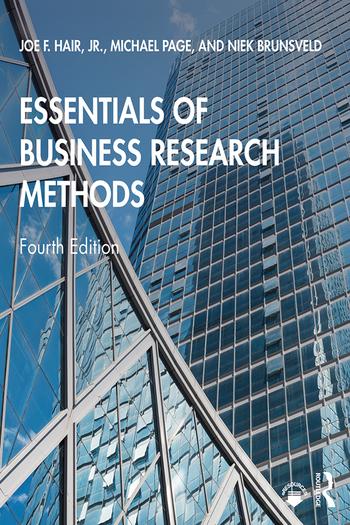Question
Scenario This is Charlie's story regarding his workplace environment. Ash is the Chief Operating Officer. Despite that fact, Ash acted as a Director when we
Scenario This is Charlie's story regarding his workplace environment.
Ash is the Chief Operating Officer. Despite that fact, Ash acted as a "Director" when we were together. I would go into Ash's office (a spacious room with a large desk, bookcases, wood file cabinets and a meeting table surrounded by six chairs) informally dressed (khakis/shirt/no tie). I would directly explain a problem, identify my objective, and we would come to an understanding of the solution. Ash would give me the "To Do" list and I would carry out the instructions. I would follow up with Ash on the phone, listing the positive/negative outcomes. This worked well for both of us. My instructions and tasks were always clear, and our communications always seemed efficient. It was also easy to clarify misunderstandings because when I have a list, there seemed to be a finite number of ways it can misinterpreted.
After two years, Ash's areas of responsibility expanded. The company president decided that my department would be under the VP of Marketing and Business. Sam became my direct boss. Sam was a marketing professional and had a different communication style than Ash in Operations. Sam was significantly more indirect. There was a much more personal feel to Sam's communications, and she showed less objectivity to situations. Sam was not as interested in how a decision works, but more concerned with how it looks and how others perceive such a decision. Sam was actually emotionally involved in certain business issues. She did not just perceive her job as just a job; for Sam, there was a sense of ownership and personal reputation involved with her role in the company.
I found that because I like to keep my communications short, direct and to the point, Sam was uneasy with our communications. She would ask for my "feelings" towards things, and I would respond directly with my "thoughts". In a lot of instances it was objective criticism. Sam would take these criticisms as attacks on her work or reputation, and she would start to show signs of defensiveness. Sam also thought that my informal dress was not appropriate. She wasn't as concerned that I could effectively do the job, but that I have a professional and formal appearance while doing it. Sam also felt uncomfortable coming to my office to talk, and was a little uneasy around my staff because Sam was not completely sure of what we did and how we did it. I think Sam did not want to appear as being misinformed around my staff.
I was beginning to feel a little uneasy about Sam as well. I asked Ash about the situation. Ash told me that he had the ability to adjust his communication style for me. Ash also could adjust it to accommodate Sam and any other employee in the company if he required it for effective communication. Ash pointed out that I had to learn to adapt myself to other "leadership styles" if I was to develop as an effective manager. Ash stated that Sam is my boss, and we should not expect Sam to dramatically change in the relationship. Ash said I would have to learn to adjust to Sam's style of leadership if I ever wanted to effectively communicate with her, or any other level of management.
- Comment on Charlie's communication style and skills.
- Identify for Charlie some of the key issues that relate to communication basics, identity management and perception in this scenario.
- Offer to Charlie suggestions for behaviours that might be more effective in this situation and explain your reasoning. Your suggestions must take into account what you believe Charlie would be comfortable with.
Step by Step Solution
There are 3 Steps involved in it
Step: 1

Get Instant Access to Expert-Tailored Solutions
See step-by-step solutions with expert insights and AI powered tools for academic success
Step: 2

Step: 3

Ace Your Homework with AI
Get the answers you need in no time with our AI-driven, step-by-step assistance
Get Started


